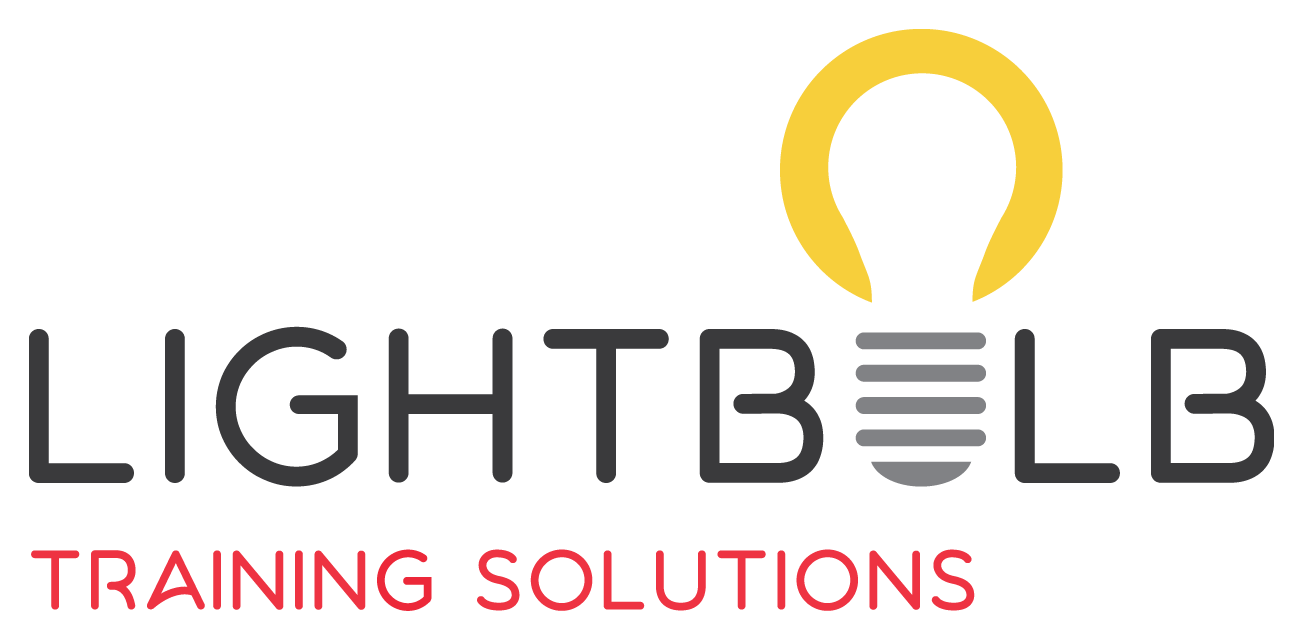Understanding Employer Expectations: What They Really Want (And Why It Matters)
The Mystery of Employer Expectations (Solved!)
Ever felt like your boss expects you to be a mind reader? You’re not alone. Many employees struggle to understand exactly what their employer wants—until it’s too late.
The good news? Most employer expectations aren’t as mysterious as they seem. Whether you’re a new recruit or a seasoned pro, knowing what’s expected (and delivering on it) can make your work life smoother, less stressful, and—dare we say—enjoyable.
At the heart of it all, employers want a workplace where customers love to do business and employees feel motivated. Sounds simple, right? Well, not always. Let’s break it down.
Communication & Interpersonal Skills – The Golden Ticket
Employers today put a premium on communication and interpersonal skills. Why? Because customers willingly buy from and stay loyal to businesses where people are easy to interact with.
Here’s what happens when an organisation nails these skills:
✅ Happy customers = happy staff – Ever dealt with an angry customer? It’s not fun. But when customers are happy, stress levels drop, and the whole workplace feels lighter.
✅ Fewer complaints = less stress – No one enjoys getting complaints (except maybe those rare customer service reps who thrive on chaos). When employees communicate well, misunderstandings decrease, and complaints go down.
✅ More loyal customers = job security – The better your service, the more likely customers are to stick around—keeping everyone employed and making growth possible.
💡 Solution: If your communication skills need a tune-up, consider customer service training. It’s not just about handling complaints; it’s about learning to interact effectively with different personalities, manage expectations, and diffuse tricky situations before they escalate.
Taking Initiative (Without Overstepping)
Employers love employees who take initiative—but there’s a fine line between being proactive and becoming “that person” who tries to run the place without, you know, actually having the authority to do so.
A few ways to show initiative (without stepping on toes):
✔ Solve small problems before they become big ones – If you notice a recurring issue, suggest a solution instead of waiting for someone else to fix it.
✔ Look for ways to improve efficiency – If you’ve found a shortcut that doesn’t cut corners, share it!
✔ Anticipate needs – Whether it’s your boss, a colleague, or a customer, thinking one step ahead shows you’re engaged and invested.
💡 Solution: Not sure how much initiative is too much? A good rule of thumb: If you’d want someone to run it past you first, it’s probably best to check before making a big move.
Reliability – Because No One Likes a No-Show
Showing up on time, meeting deadlines, and following through on commitments—these are non-negotiables in any workplace. Employers want people they can count on, not ones who leave colleagues scrambling to pick up the slack.
Signs you might be that unreliable coworker (no judgment, just awareness!):
You often forget deadlines (or remember them at the last minute).
Your “5-minute break” turns into an unplanned lunch.
Your colleagues hesitate before assigning you tasks.
💡 Solution: Struggling with reliability? Try setting reminders, keeping a to-do list, and mastering the art of under-promising and over-delivering. A little planning goes a long way.
Adapting to Change (Without Losing Your Mind)
Workplaces evolve, whether we like it or not. New technology, new processes, new leadership styles—change is inevitable. Employers appreciate employees who can adapt without excessive drama.
Tips for rolling with the changes:
🔹 Stay open-minded – Instead of resisting new ideas, ask yourself, What’s the benefit of this change?
🔹 Ask questions – If you don’t understand a change, get clarification instead of grumbling about it in the break room.
🔹 Be patient – Change rarely happens overnight, and initial bumps in the road are normal.
💡 Solution: If workplace changes stress you out, focus on what you can control—like your attitude and how you approach the situation.
Workplace Culture – It’s a Two-Way Street
Every organisation has a culture, and fitting in isn’t just about whether you like the office coffee or the playlist in the lunchroom. Employers expect staff to contribute positively to the work environment.
A few ways to do that:
Treat colleagues with respect (even the ones who really test your patience).
Get involved—whether it’s team activities, meetings, or training sessions.
Keep workplace drama to a minimum. No one likes a toxic work environment.
💡 Solution: If you’re struggling to find your place in the company culture, observe how respected employees interact and contribute. Small shifts in your approach can make a big difference.
Final Thoughts: Meeting Expectations Doesn’t Have to Be Hard
Understanding and meeting employer expectations isn’t about being perfect—it’s about being aware, adaptable, and willing to grow. Strong communication, reliability, and a positive attitude can take you a long way in any workplace.
Want to sharpen your skills and make work way easier? We’re here to help. Contact us to learn more about our customer service training and how it can benefit you and your team.

